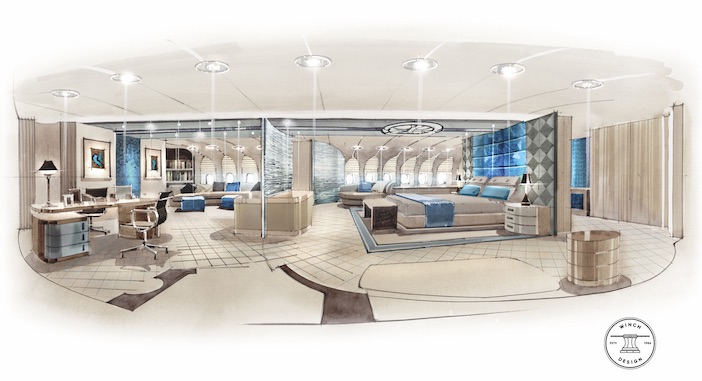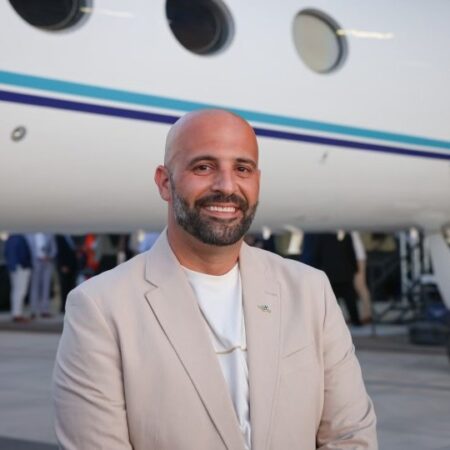by Steve Johnson
The market for bizliners, large commercial aircraft modified for the exclusive use of a VVIP, has steadily grown since the first derivative aircraft was introduced for corporate and business aviation customers 20 years ago. Airbus and Boeing are committed to serving the needs of ultra high-net-worth individuals, governments, heads of state and corporate clients with their latest aircraft, customized to satisfy often exuberant and exacting requirements.
With the prospect of a surplus of A380s available as it nears the end of its commercial life, a number of enterprising companies are attempting to redeploy the aircraft for these VVIP travelers.
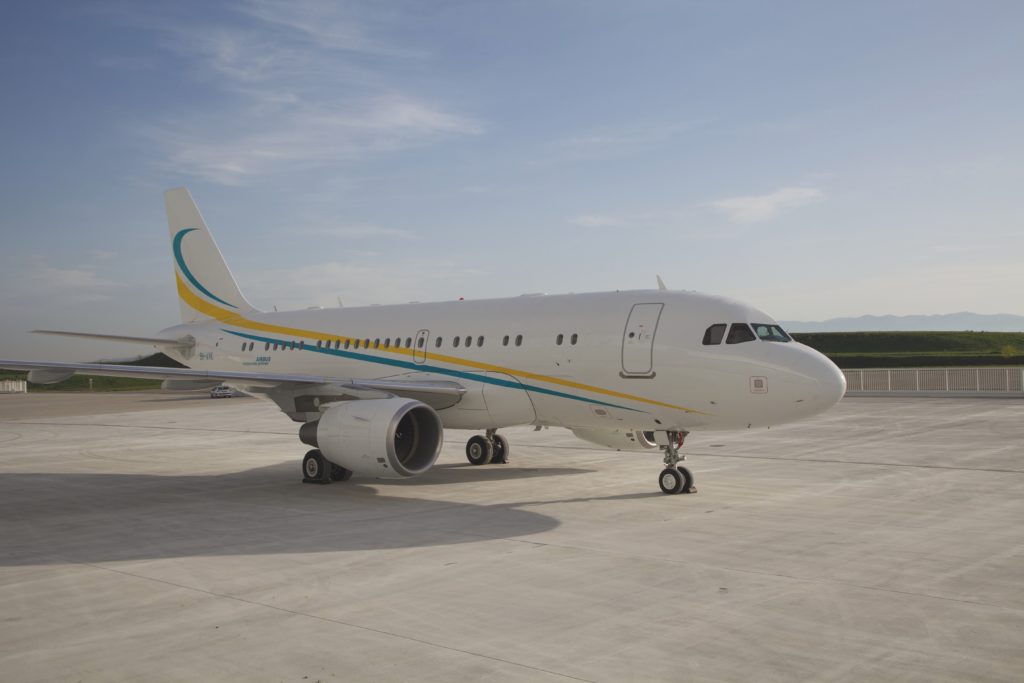
Although the justification to go up in size may not be obvious at first glance, with some VVIPs traveling with more than 200 people, it’s not unusual for an entourage to spread across multiple aircraft. A VVIP A380 will eradicate the need for numerous aircraft by offering enough space to create a VVIP suite on the upper deck while leaving the lower deck for the remainder of the staff. Plus operating one aircraft is more economical and environmentally efficient.
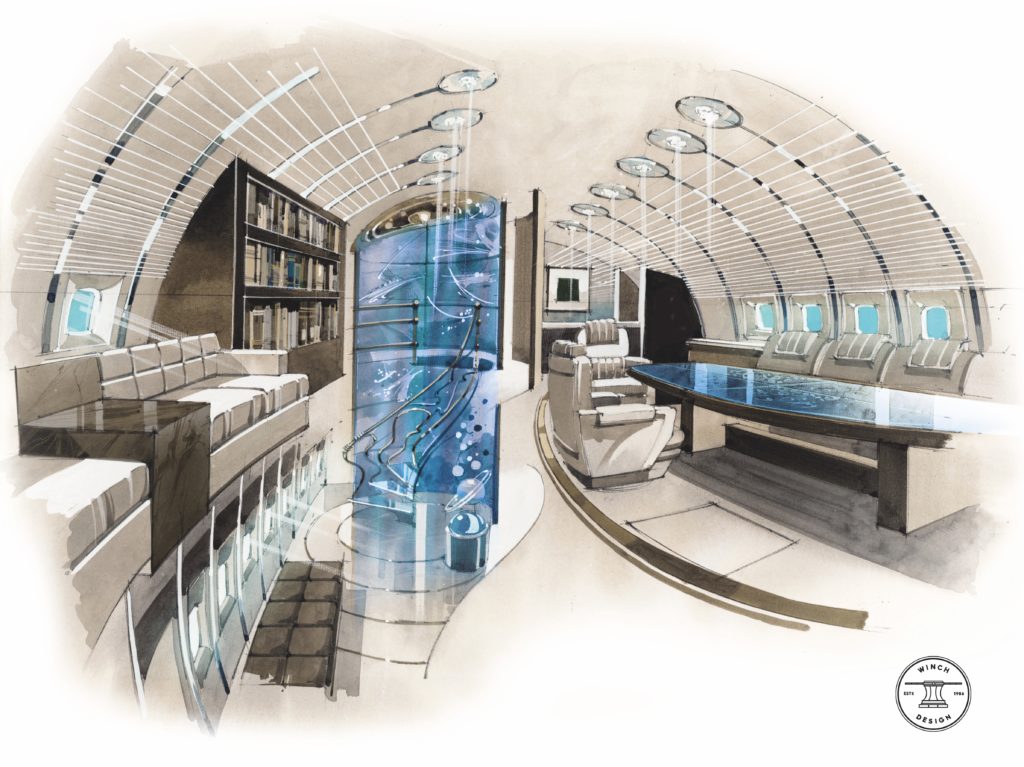
Swiss-company Sparfell Aviation Group (SAG) first announced that it was looking to convert its first VVIP A380 last year. Christian Hatje, CEO of Sparfell & Partners says, “The A380-800 has an attractive price point, providing new opportunities by reducing potential downtime and costs. Generally speaking, there are a number of main touchpoints to execute a project of this scale.
“The first is finding a suitable aircraft, which we have access to. Our A380-800s are in near mint condition.
“Secondly, it is essential to work with a design team experienced with such large and complex projects. We work with Winch Design – leaders in aircraft interiors with extensive experience of ultra-comprehensive completion and design projects.
“Thirdly, you need a completion centre able to handle such an extensive overhaul, the highest level of quality assurance and customer satisfaction. We are also working with Jet Aviation Basel – the company has a hangar to accommodate the A380. A project of this scale requires daily supervision, coordinating between all the stakeholders involved in the accessorising and final delivery of the aircraft.”
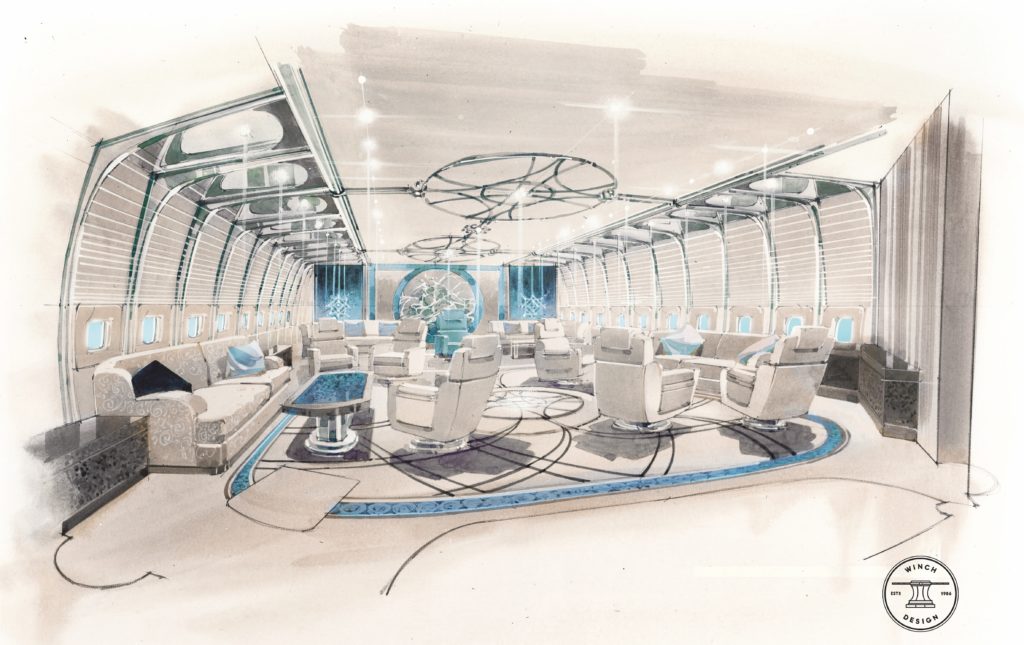
The hope is the VVIP A380s will replace old and outdated 747 bizliners.
“As these aircraft go out of service and require replacement due to an increase in maintenance costs and necessary upgrades to avionics, the A380-800 is the perfect replacement. Direct operating costs are substantially lower, it is more reliable and the only aircraft with two completely separate decks,” explains Hatje.
Sparfell sees opportunity for around 10-15 A380-800 conversions. The company says that it is currently working on three project studies and ready to start immediately, with a 15-18-month lead time.
Working with Jet Aviation in Basel and Winch Design, Sparfell believes that the first A380 VVIP could be flying as soon as 2021.
“The VVIP A380-800 will be the aircraft of choice for the most influential people in the world for the next 20 to 25 years,”says Hatje.
Conversion process
Nearly 200 Airbus corporate jets are currently in service with customers on every continent, including Antarctica. Airbus points to the new engines and wing-tip sharklets as the most significant developments, resulting in range increases and a 15% fuel saving.

David Vellupillai, marketing director at Airbus Corporate Jets outlines the conversion process, “The Airbus ACJ320 family features include extra fuel-tanks in the cargo-hold for intercontinental range, built-in airstairs for airport autonomy and high-thrust engines for take-off performance similar to traditional business jets. Customers can choose from network of Airbus-approved cabin-outfitters to complete their cabins and can benefit from Airbus’ unequalled experience of managing some 70 turnkey projects.”
Airbus markets its ACJ bizliner aircraft as offering greater comfort, space and freedom of movement than traditional business jets, with the capability to carry larger groups to company events, extended families and government delegations.
“Their ability to deliver an unmatched ‘your world above the world’ experience comes from their greater cabin-width – roughly twice that of traditional business jets – which makes them well placed to capitalise on the trend toward larger living spaces in flight,” says Vellupillai.
According to Airbus, ACJs have similar operating costs to traditional business jets; made possible by using the same worldwide network of field service and spares centres as the airlines that support 10,000 aircraft and 500 customers and operators around the world. In addition, ACJ owners and operators can benefit from tailored services, such as C4you – a ‘one call handles all’ corporate jet customer care centre.


